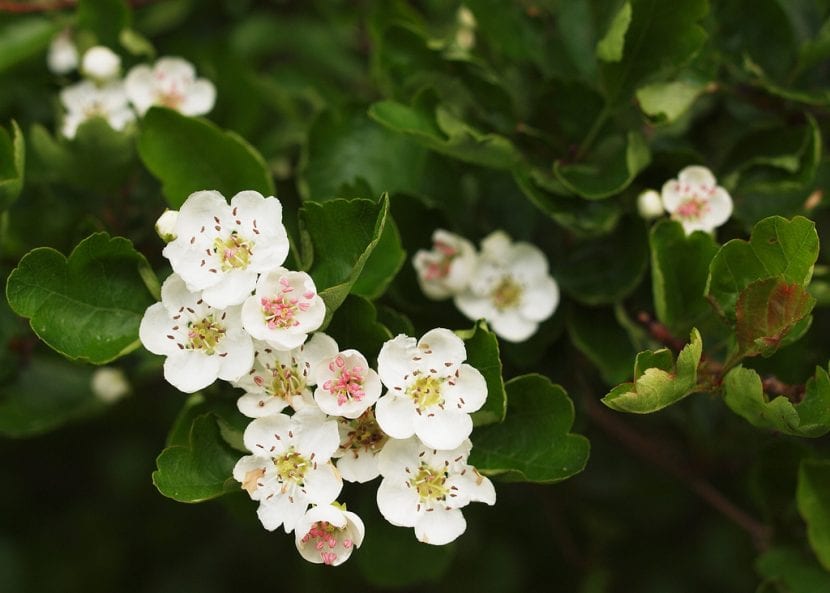
Image - Flickr / HermannFalkner / sokol
When you have a small garden, or one in which the available space begins to be scarce, it is interesting to look for plants that can grow well in those places, either because they do not grow much, because they tolerate pruning very well ... or both. One of the most interesting species is the Crataegus laevigata.
Being deciduous, we make sure that it will be beautiful for a good part of the year, and as it also produces flowers of great ornamental value during the spring, since we have a very interesting plant .
Origin and characteristics

Image - Flickr / anro0002
It is a plant native to western and central Europe that normally grows as a 5-6 meter shrub, but that can reach 12 meters if it is allowed to grow freely and if the conditions are very favorable. It is popularly known as Navarrese hawthorn or hawthorn with two bones, and develops leaves 2-6cm long by 2-5cm wide, with 2-3 thin and pointed lobes.
It is hermaphrodite. The flowers are grouped into 6-12 corymbs, each consisting of five white petals and 2-3 styles. The fruit is a red pommel 6-10mm in diameter, containing 2-3 seeds.
It hybridizes frequently with the Crataegus monogyna.
What are their cares?

Image - Flickr / Aureusbay
Do you want to have a copy of Crataegus laevigata? Then we recommend that you provide the following care:
- Location: it must be outside, in full sun.
- Earth:
- Pot: you can use universal growing medium (get it here) mixed with 30% perlite.
- Garden: grows in soils that have good drainage. It also lives well in limestone.
- Irrigation: water 3-4 times a week in summer, and 1-2 / week the rest of the year.
- Subscriber: throughout the growing season (which coincides with the warm months) fertilize with Organic fertilizers occasionally.
- Multiplication: by seeds in spring.
- Pruning: at the end of winter remove dry, diseased or weak branches, and trim those that are getting too long.
- Rusticity: resistant up to -12ºC.
Enjoy your plant 🙂.
It is not evergreen. Thanks!
True, corrected. Thank you very much Diego.